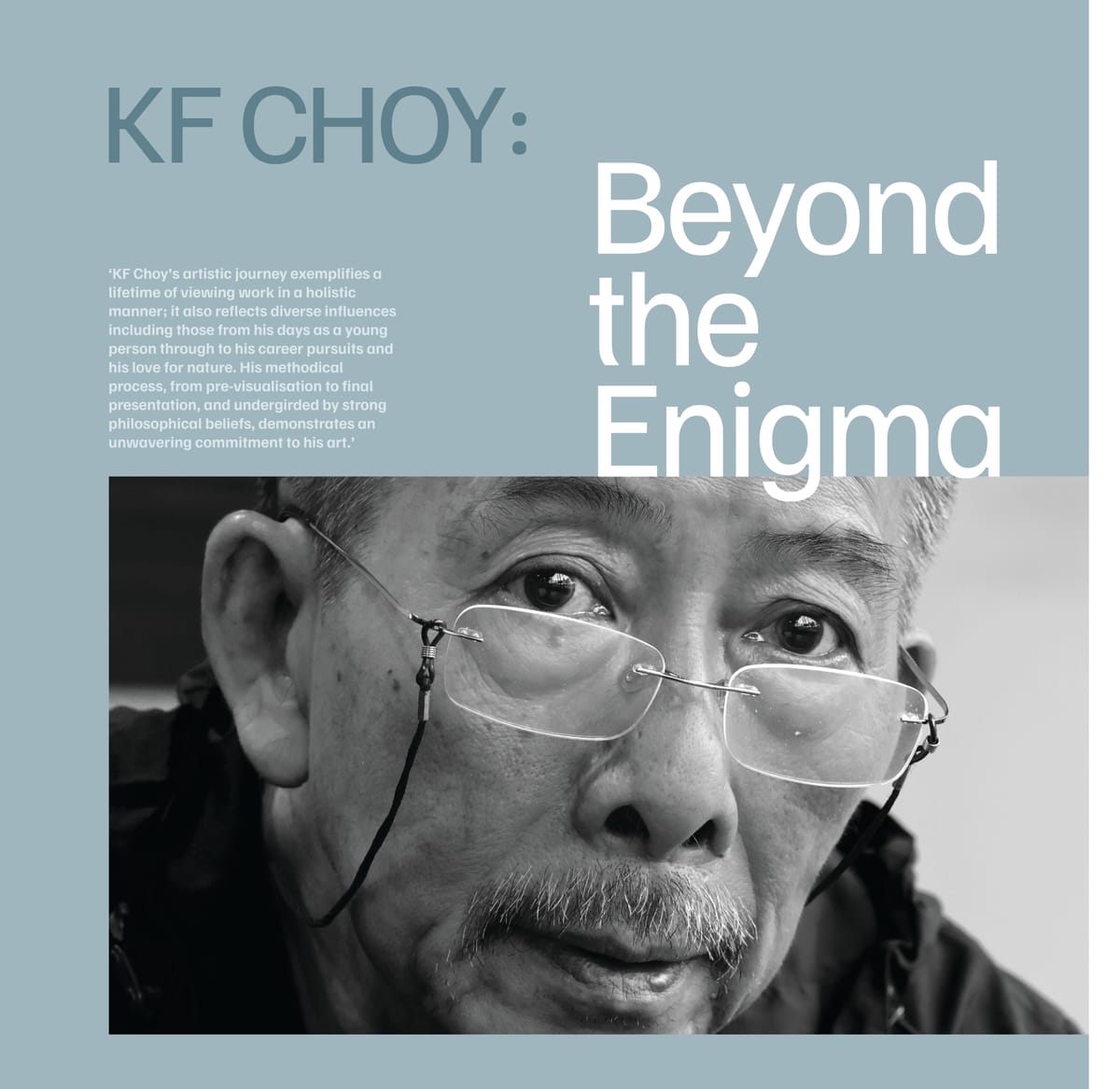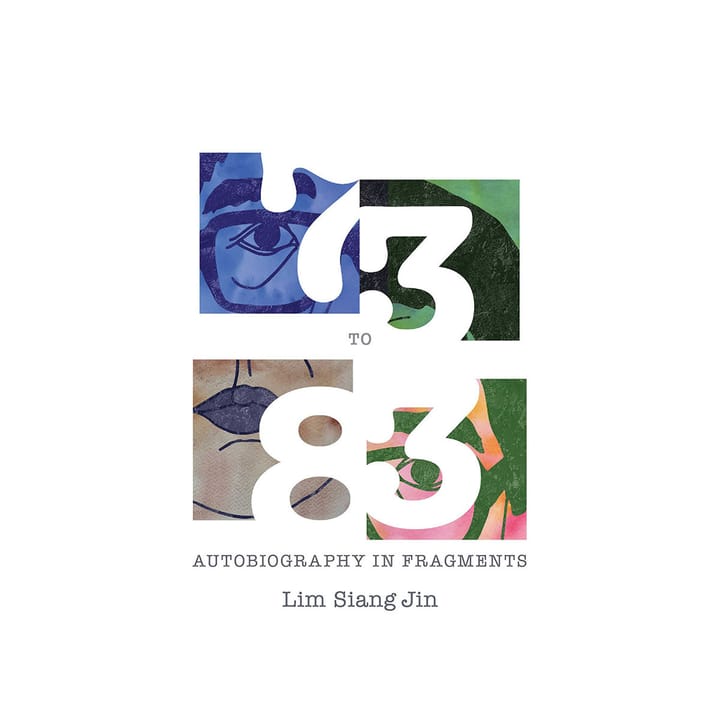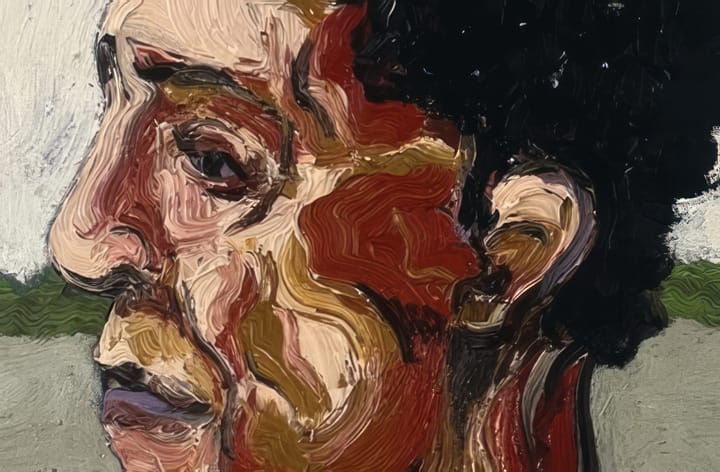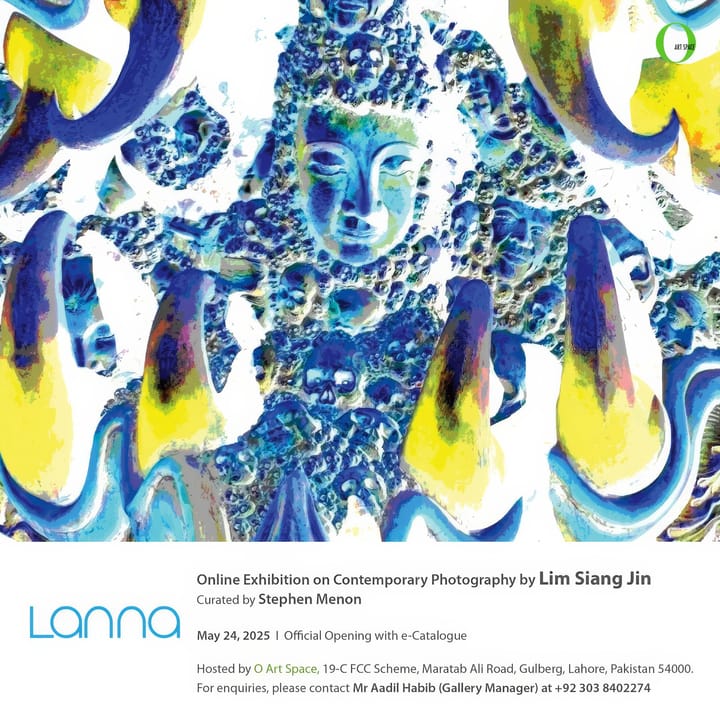KF Choy: Beyond the Enigma

KF CHOY’S easy-going demeanour belies the intensity and seriousness with which he practises his art. One only discovers how deeply-committed he is by spending time with him, easing out the intricacies of his approach and method.
For one, Choy thinks and works in a holistic manner. Clicking his camera is a mere moment in a long and complex process. Even as early as that point, he would have decided what paper he is likely to use for the image. Racing through his mind could be thoughts about the computer work he needed to do. On occasions, his thinking extended to how the eventual form would be like, that is, what frame to use and where the piece should be displayed.
No wonder, his measured pace has been described as “slow” – it takes a lot of time to process all these.
To understand these professional inclinations, one has to look into his family and work backgrounds. Choy comes from a family steeped in the arts – his father dabbled in charcoal sketching; his mother, music with the piano; his grandfather, Chinese calligraphy; and his grandmother, needlework techniques like crochet.
Over and above that, the family business dealing with signages and outdoor signboards also brought him into the realm of the creative. Creative Advertising Service, founded by Choy’s grandfather in 1925, was the biggest outdoor advertising company in Penang in the 1960-80s.
Later, when the family extended the scope of their business to providing hotels with F&B equipment, furniture and fittings, via CB Concepts, he was at the centre of it all. In these ventures, their approach was providing “total solutions”.
Choy was inducted into the business during his late teens around 1971; he remained in it until the early 1980s. Following that, he worked with a developer and, finally, spent many years with Hotel Maluri, ending as its General Manager. In all these, he viewed and executed his work in a holistic manner.
His early years also moulded the photographer in him. Using his first camera, a Kodak Instamatic, he shot and printed his first photo at nine years of age using a darkroom at a pioneering boys’ primary school in Penang, the Wellesley Primary. Later, via business and social relationships with the famous Siow Seong Studio, he deepened his love for the medium. He marvelled, for example, at how well-versed the owners were at hand-painting silver gelatine prints using oil paints.
Photography took a backseat for most of his younger years while he devoted his time and effort to career and family. All the while though, he was bent on launching himself as a full-time photographer when he retired. Choy continued to snap photos off-and-on, and kept abreast of the latest in the profession.
Building up to his tour de force at retirement, he began to put together an inventory of “assets”; cameras, tripods and a host of accessories. However, Choy being Choy, that was not enough. He felt he ought to round off this much-anticipated venture by associating with people who share a primary love of his, that is, nature. For that he joined the Malaysian Nature Society, specifically the MNS Photogroup.
When he retired in 2009, at age 56, a new world of experience awaited him. He plunged into it with unfettered zeal. “2009 until now [2024] has been non-stop photography,” he exclaimed.
To date, he has taken part in 38 solo and group exhibitions, both locally and internationally. His works have also been featured in various coffee table books.
Lonely pursuit
Despite the company of fellow photographers, Choy has beaten his own path. In the first place, he, like one of his co-exhibitors Eric Peris, go on their different ways to shoot, even if they went together. “We may have a common theme, however, we take our time to seek out the specifics. We make private choices before capturing each image.”
Beyond the capture, Choy’s method, especially his focus on doing post-production and printing himself, makes the pursuit of his art even more solitary. “I spend much of my time in photo-editing after a shoot using Lightroom.” What follows is a series of test prints using different types of paper, before he settles for a final choice. He has his own Giclée archival-quality printer at home for all these.
Indeed, when asked who are his main influencers, Choy replied: “No one in particular. I picked ideas from here and there to suit my intent. What I have built is essentially my own.” This underscores his personality as a loner by choice.
A word on philosophy
“I cannot describe my art as spiritual or overtly religious. But they do have philosophical underpinnings.” One major source of his philosophy is Japanese aesthetics. “I subscribe to the idea or practice of wabi-sabi . I am drawn therefore to finding beauty in imperfection and impermanence, including growth and decay. I am also partial to the practice of kintsugi where broken pieces of pottery are restored, metaphorically ‘perfecting imperfections’.”
These explain many of the creative choices made by Choy.
According to aesthetics expert Leonard Koren: “Wabi-sabi is the antithesis of the Classical Western idea of beauty as something perfect, enduring, and/or monumental. In other words, wabi-sabi is the exact opposite of what slick, seamless, massively marketed objects, like the latest handheld wireless digital devices, aesthetically represent.”
To sum up...
KF Choy’s artistic journey exemplifies a lifetime of viewing work in a holistic manner; it also reflects diverse influences including those from his days as a young person through to his career pursuits and his love for nature. His methodical process, from pre-visualisation to final presentation, and undergirded by strong philosophical beliefs, demonstrates an unwavering commitment to his art.
Click HERE to download the PDF of the book


